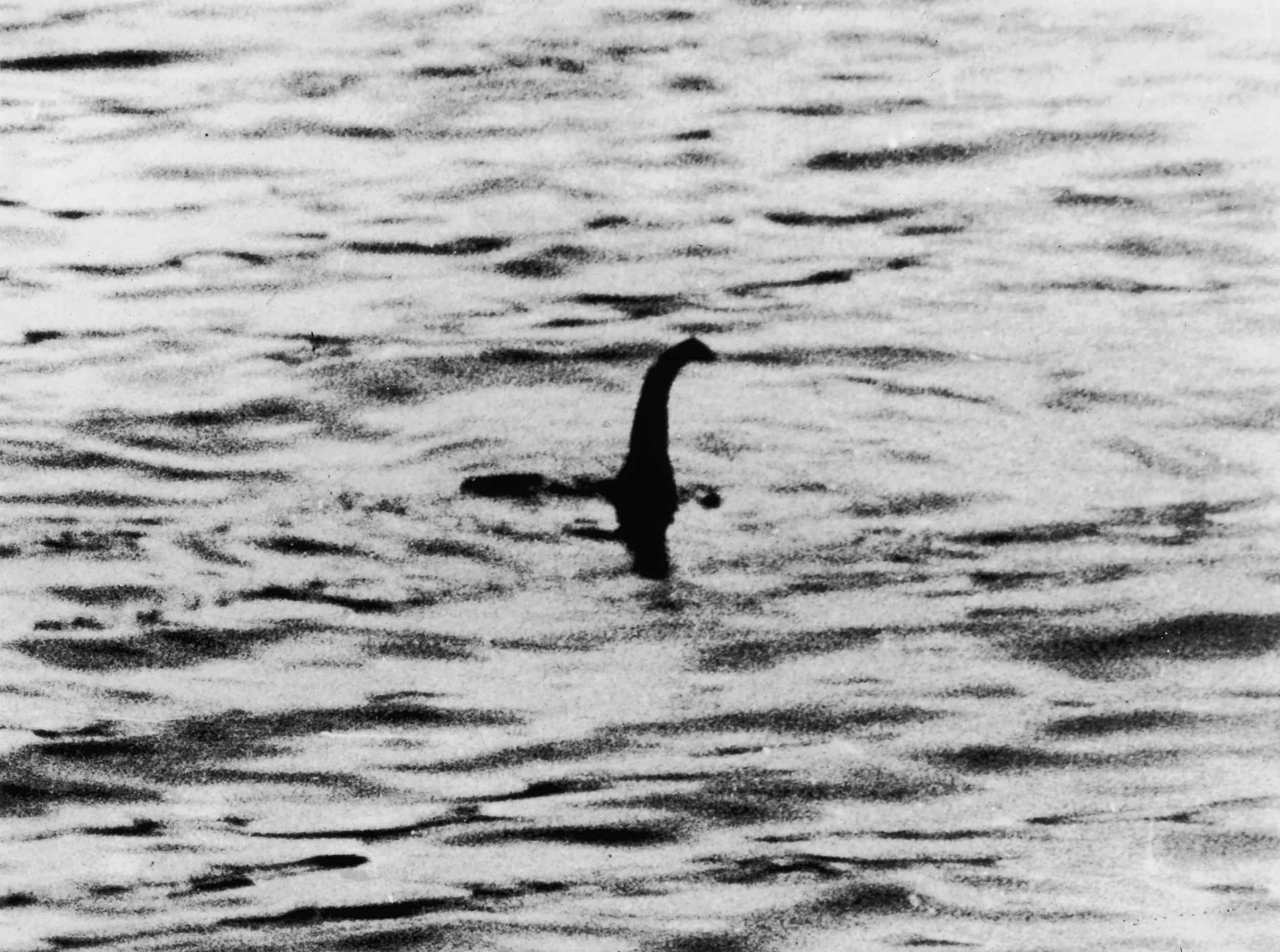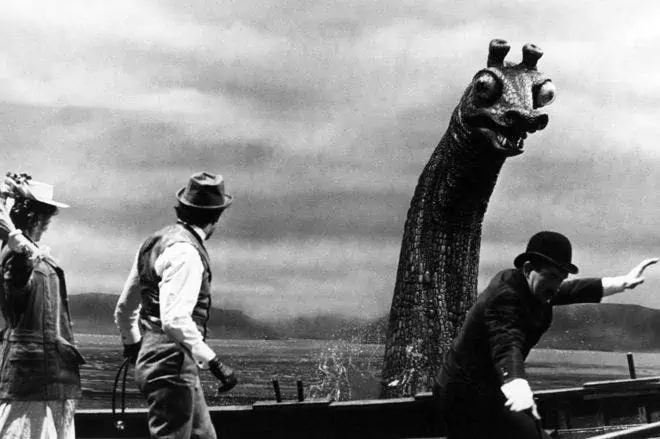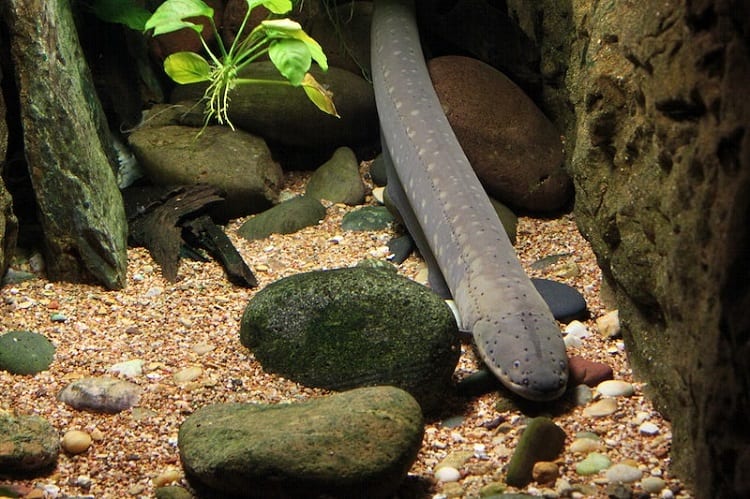
The Loch Ness Monster has captured the public imagination for centuries, inspiring books, TV shows, and films, and driving a thriving tourism industry in Scotland. Although Nessy was never identified, as it is the stuff of myth and legends, over the years many sightings have been reported.
More recently, scientists have proposed that these sightings are in fact giant eels that people mistake for the mythical beast. But a new study published this week by an independent researcher showed that this is extremely unlikely.
After doing the math, scientist Floe Foxon found that it is virtually impossible from a statistical standpoint to find a giant eel in the legendary Scottish lake that could be confused for a large aquatic animal.
Hunting for Nessy
The earliest recorded encounter with the beast dates back to 565 AD when St. Columba, an Irish missionary, is said to have encountered a creature in the River Ness. In the 1930s, the first modern sighting was reported by the Inverness Courier, and the editor playfully described it as a “monster,” giving rise to the modern myth.
In 2019, researchers from New Zealand collected water samples from the loch and examined the DNA of various living species present. They ruled out the presence of a prehistoric marine reptile called a plesiosaur and a large fish like a sturgeon, as well as catfish and the suggestion of a wandering Greenland shark.

However, European eels (Anguilla anguilla) were found to be among the creatures in the loch, with their DNA detected at numerous locations.
European eels are quite extraordinary and perhaps even more interesting that the legend of Nessey. These amazing fish migrate over 3,100 miles (5,000 km) from the Sargasso Sea near the Bahamas to Scottish rivers and lochs, including Loch Ness, where they lay their eggs.
Although the research didn’t reveal the size of these eels, the scientists found a significant amount of eel DNA, suggesting the presence of many of these creatures in the loch. Therefore, they cannot rule out the possibility that the reported Loch Ness Monster sightings may actually be giant eels.

But although no one denies the presence of eels in the loch, how plausible is it that someone could have mistaken them for a “large” monster? Not at all likely, says Foxon.
The researcher employed catch data from Loch Ness and other European freshwater bodies to estimate the likelihood of observing eels of a size comparable to the reported dimensions of the monster.
According to the findings, the probability of encountering a one-meter eel in Loch Ness is approximately 1 in 50,000. While this might explain some sightings of smaller, unknown creatures, the chances of finding significantly larger eels are practically nonexistent.
Sightings of Nessy claim the beast is as large as 15-20 meters. Therefore, the study debunks the idea that giant eels could be responsible for the sightings of larger animals in the lake.
“In this new work from the Folk Zoology Society, a much-needed level of scientific rigor and data are brought to a topic that is otherwise as slippery as an eel. Contrary to popular conception, the intersection between folklore and zoology is amenable to scientific analysis and has the potential to provide valuable insights into anthrozoological phenomena,” says first author Floe Foxon.
The research does acknowledge that large eels may indeed inhabit the loch. However, the statistical analysis and data collected do not support the existence of exceptionally large eels. This means that Nessy hunters and cryptid enthusiasts are back to the drawing board.
The findings were reported in the journal JMIRx Bio.






